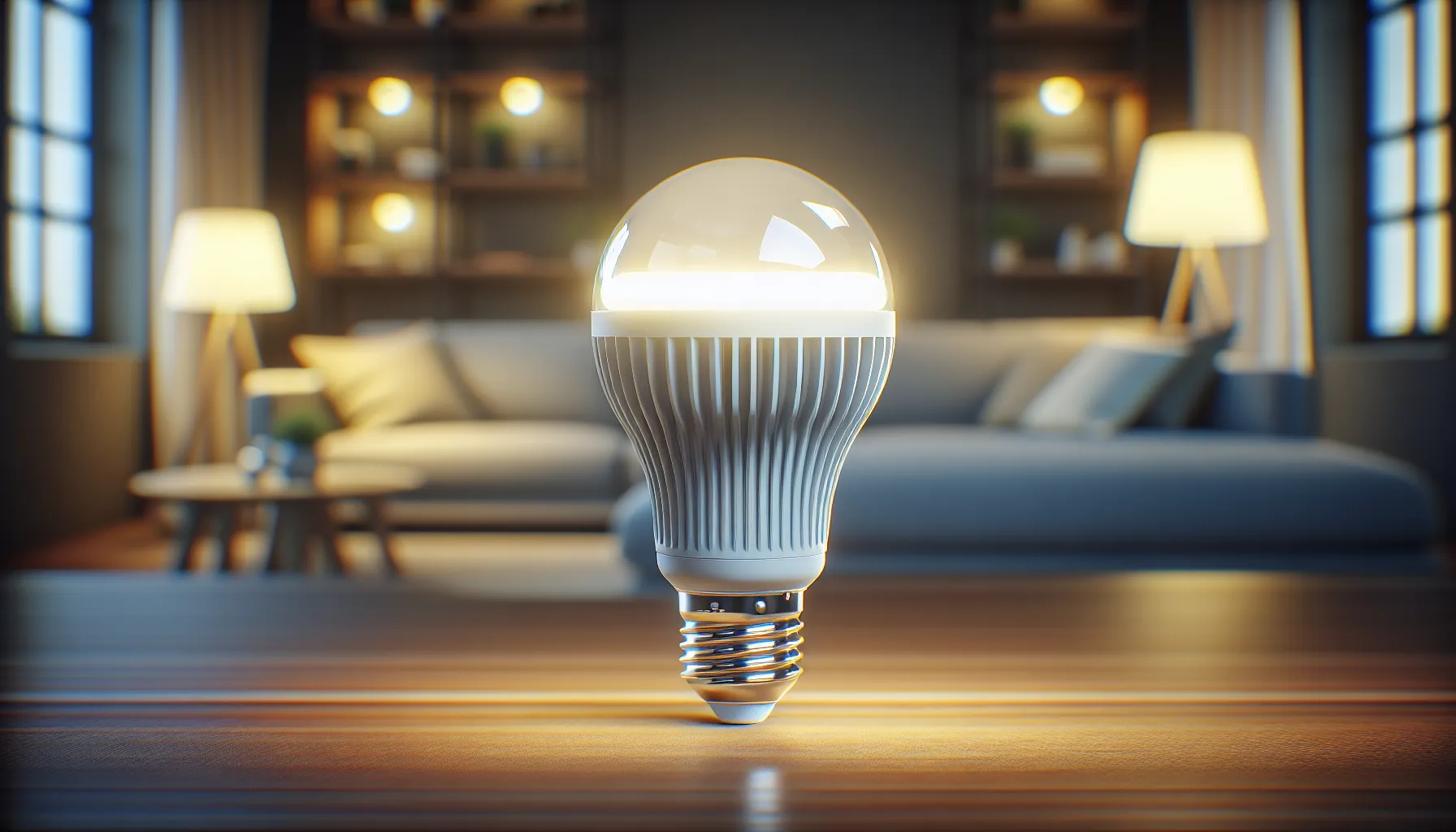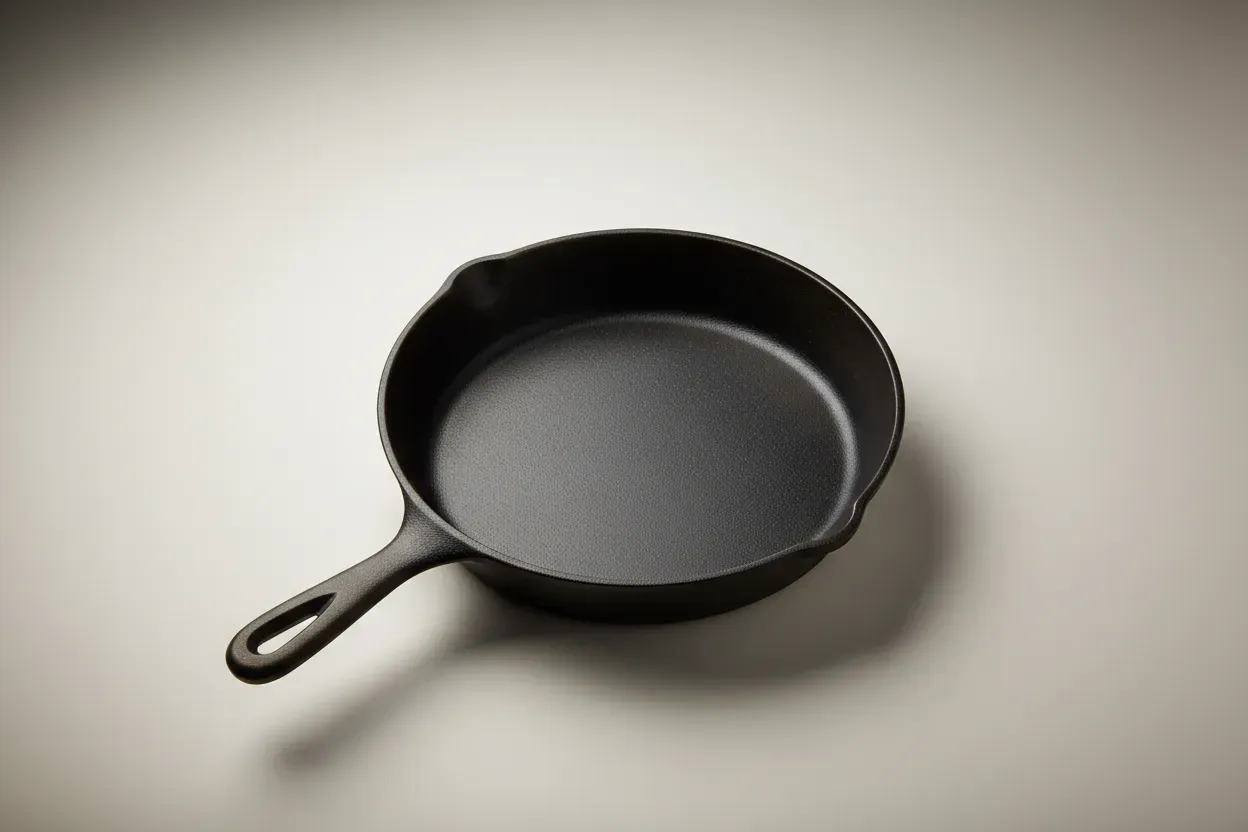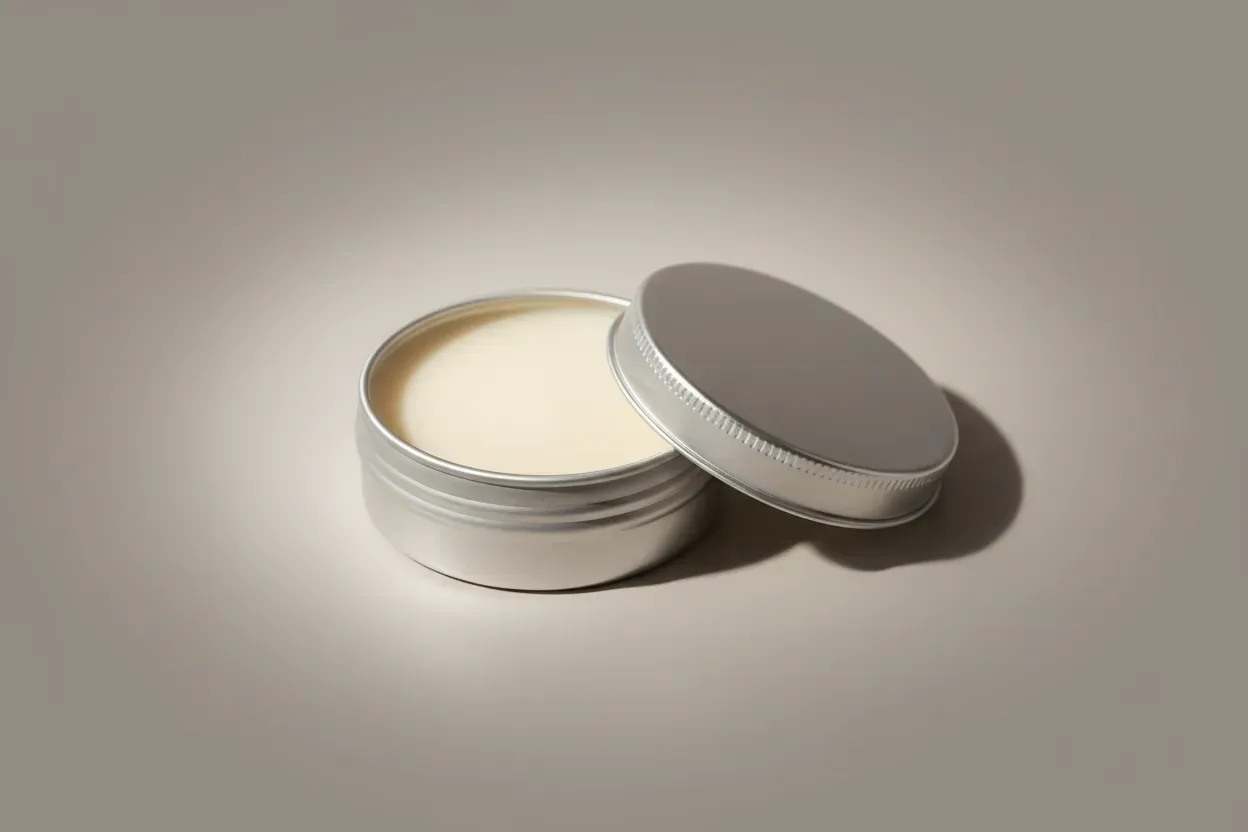What’s Your Best Home Energy-Saving Tip?
In our quest to uncover the most effective strategies for slashing utility bills and minimizing environmental footprints, we’ve gathered wisdom from top CEOs and founders. From installing a programmable thermostat to switching to LED lighting solutions, explore these four expert tips for energy-saving at home.
- Install a Programmable Thermostat
- Invest in Smart Energy Management
- Hang Blackout Curtains for Insulation
- Switch to LED Lighting Solutions
Install a Programmable Thermostat
In my opinion, using a programmable thermostat is one of the best ways to reduce utility costs and lessen your environmental impact. A programmable thermostat is a small device that significantly optimizes heating and cooling systems, leading to substantial energy savings. The thermostat is set to lower temperatures when you are asleep or away from home during the winter. You can also do the reverse during summer.
This ensures that your HVAC system is not working harder than necessary. By the use of this device, you are able to customize its settings based on your daily routine, so your home is always at a comfortable temperature when you need it to be, without wasting energy when you do not.
 Daniel Jarret
Daniel Jarret
CEO, QLD Solar and Lighting Company
Invest in Smart Energy Management
As an electrician and energy-efficiency expert, I highly recommend getting a smart-home energy management system. This isn’t just about saving a few dollars on your utility bills—it’s also about doing your bit for the planet. These systems are great because they keep track of your energy usage patterns and work consistently with renewable options like solar panels.
Why stop there, though? Adding things like smart thermostats, energy-saving lighting, and programmable appliances can take your energy efficiency to the next level. And if you’re ready for a bigger upgrade, think about switching to a more efficient HVAC system and beefing up your home’s insulation. Trust me, it’s worth the investment.
Remember to regularly check how your home is doing energy-wise. Regular energy audits can open your eyes to simple fixes like sealing leaks in ducts or adding weather stripping to doors and windows. These might seem like small steps, but they’ll make a big difference in your energy bills and help reduce your carbon footprint. After all, taking care of our environment is important, and with these changes, you’re contributing to a larger cause.
 Bobby Lynn
Bobby Lynn
Owner, LiveWire Electrical
Hang Blackout Curtains for Insulation
My best tip to reduce utility costs and environmental impact is to install blackout curtains, especially on windows facing direct sunlight.
Summer is infamous for doubling or even tripling your energy bills—all because the AC is working overtime to keep your house cool.
However, you can keep your house cool for zero energy by keeping as much sunlight out as possible. Most of the heat that enters your home comes from the windows, and traditional blinds aren’t good at blocking those intense rays. So, for less than $50 per window, you can get a set of blackout curtains that are so good at blocking sunlight, it’ll feel like nighttime even in the middle of the day.
They’re best used while the house is empty, like while you’re at work, but many people will keep them shut while they’re home to comfortably watch TV or relax.
Lastly, not only are you saving on utility bills, you’re helping reduce your carbon footprint by saving a significant amount of energy.
 David Silva
David Silva
Interior Designer, HomRem LLC
Switch to LED Lighting Solutions
I’ve found that both business and personal savings often come from smart, sustainable choices. One home energy-saving tip that has made a significant impact is installing LED lighting throughout my house.
In our office, switching to LED bulbs reduced our electricity consumption noticeably, so I decided to do the same at home. LED lights use at least 75% less energy than traditional incandescent bulbs and last up to 25 times longer.
This change not only lowered our utility bills but also reduced the frequency of replacements, saving time and money. Embracing this simple yet effective change has helped us lower our carbon footprint and contribute to a more sustainable future.
 Aseem Jha
Aseem Jha
Founder, Legal Consulting Pro
Submit Your Answer
Would you like to submit an alternate answer to the question, “What’s your best tip for reducing utility costs and environmental impact? Share one home energy-saving tip.”




